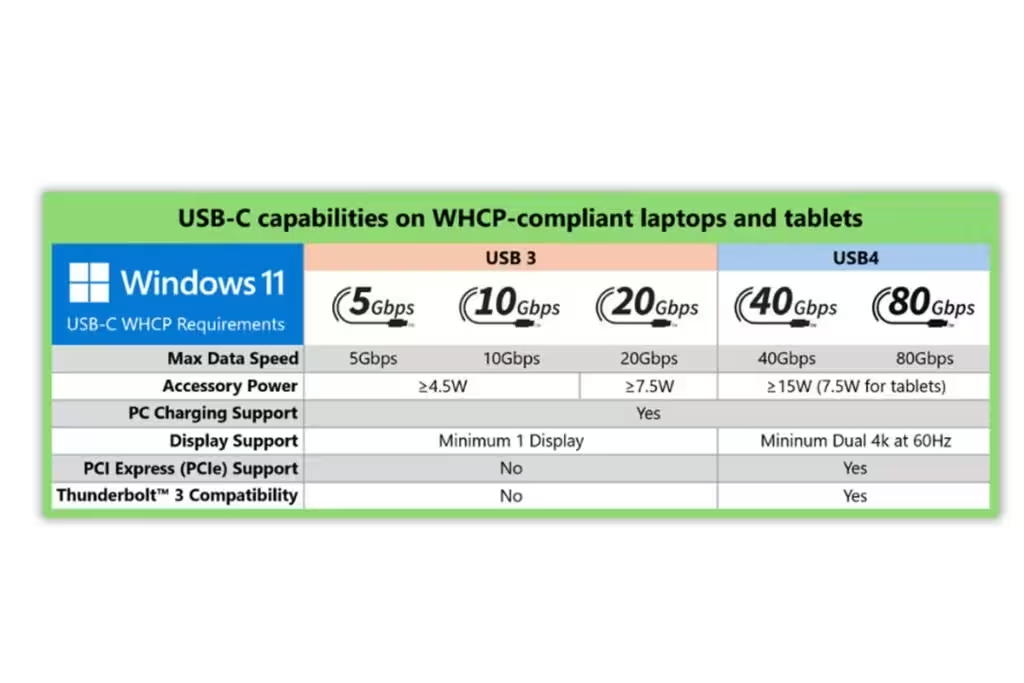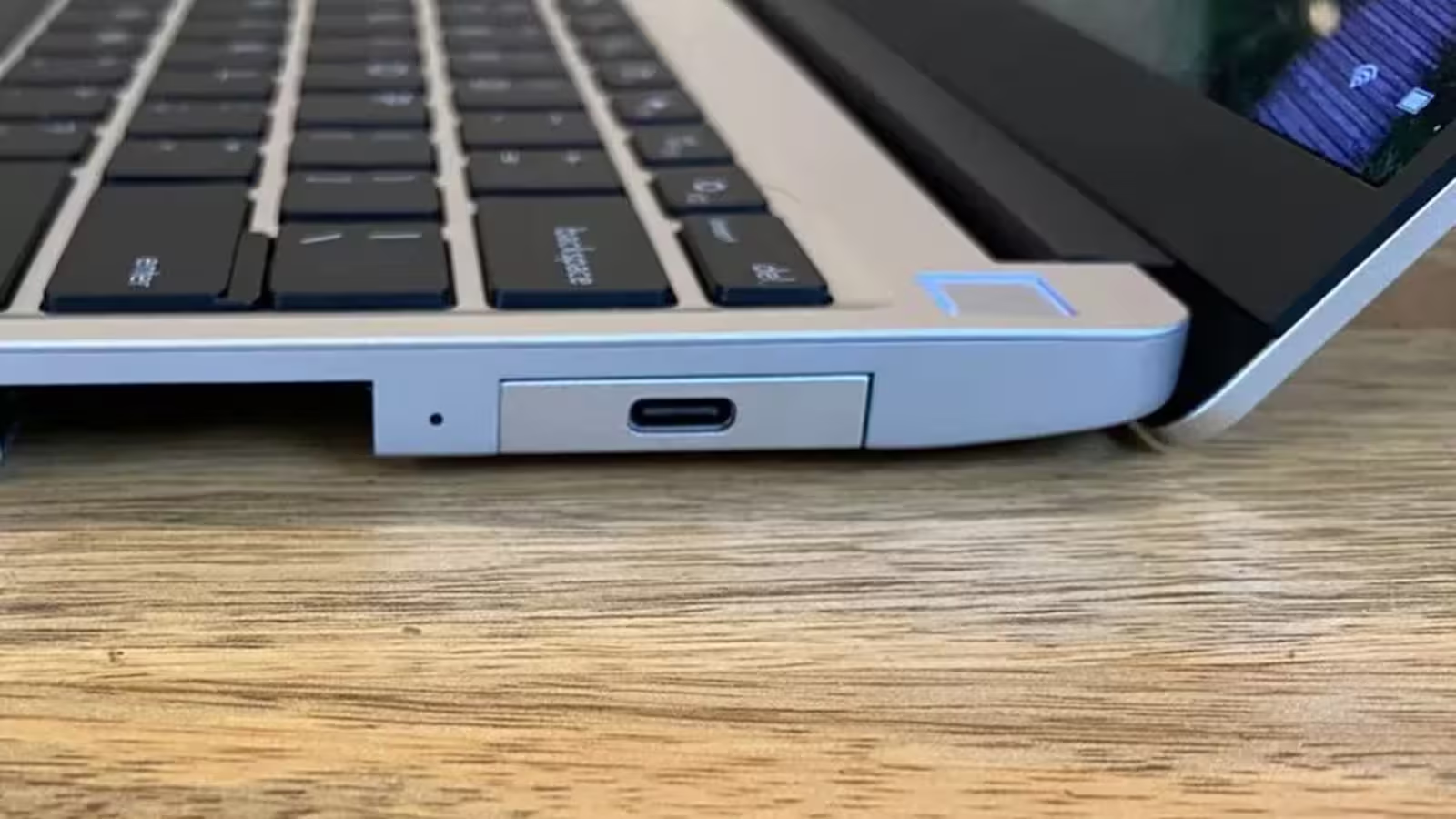5 Minutes
Windows 11 Sets New Standards for USB-C Ports
Microsoft is tackling a longstanding issue faced by PC users: confusion over USB-C port capabilities. With the rollout of Windows 11 24H2, Microsoft is enforcing a significant change in hardware policies aimed at standardizing the USB-C experience on certified laptops and tablets.
From now on, any device carrying Windows 11 certification is required to ensure every USB-C port supports three essential features: high-speed data transfer, device charging, and video output to external displays. No matter which USB-C port you use on a compliant device, it should deliver a consistent, reliable experience—eliminating the guesswork for users connecting chargers, peripherals, or external monitors.
Enhanced Compatibility With USB4 and Thunderbolt 3
To further solidify the USB-C ecosystem, Microsoft has added another crucial requirement: if a device advertises a 40Gbps USB-C port, it must guarantee compatibility with both USB4 and Thunderbolt 3 standards. This means seamless connectivity and higher data transfer rates for demanding workflows, content creators, and professionals relying on fast, stable links between their devices.
These new regulations apply immediately to all laptops and tablets launching with Windows 11 version 24H2 and beyond. This move positions Windows 11 as a leader in setting global standards for modern device connectivity.
Addressing USB-C Inconsistency: Insights from Microsoft
Ugan S, Microsoft’s Principal Product Manager, highlighted user frustration with USB-C inconsistencies in an official post. Many users have struggled to connect secondary monitors or charge their devices, only to find that some USB-C ports support select features but not others. The root cause, Microsoft reveals, is not the port itself but the varied implementation by manufacturers.
To address this, Microsoft incorporated the new rule into the Windows Hardware Compatibility Program (WHCP). This ensures that all new Windows 11-certified laptops and tablets can reliably support data transfer, charging, and display connectivity through any USB-C port.
Improved User Experience With the Latest Surface Devices
Illustrating its commitment, Microsoft recently unveiled two new Surface devices boasting a modernized design and full compliance with the enhanced USB-C standards. These devices promise a superior user experience, allowing users to connect accessories or displays without worrying about compatibility.

Feature Comparison: Support Levels Across USB-C Standards
Microsoft published detailed charts outlining how WHCP-certified laptops meet these unified requirements. While all ports on such devices now guarantee the core trio of data, charge, and display, the level of support can vary depending on the USB-C standard. For instance, USB 3.x ports may offer basic power delivery and support fewer displays compared to USB4 ports, which enable higher data rates and the broadest compatibility.
Notably, if a laptop comes with a 40Gbps USB-C port and passes WHCP certification, users can confidently expect flawless operation with any USB4 or Thunderbolt 3 peripherals—addressing a key pain point for power users and professionals alike.
Market Impact and Security Enhancements
For further quality assurance, Microsoft now mandates PC manufacturers to use USB controller chips certified by the USB Implementers Forum (USB-IF). Additionally, new rules require PCs to utilize Microsoft-provided USB drivers, streamlining driver updates and enabling faster deployment of security patches and new features through Windows Update.
All hardware changes are rigorously tested via Microsoft’s Hardware Lab Kit (HLK), ensuring ongoing compliance and a smooth user experience across future Windows versions. These measures will keep devices up-to-date, minimize technical issues, and strengthen the reliability of the Windows ecosystem.
Why This Update Matters
As laptops and tablets become more central to hybrid work and digital lifestyles, easy and universal access to USB-C’s full capabilities is essential. With these new Windows 11 requirements, Microsoft is setting the stage for simpler, more predictable device connectivity, making it easier for users to harness the power of high-speed transfer, fast charging, and effortless multi-display setups—no matter which port they choose.


Leave a Comment